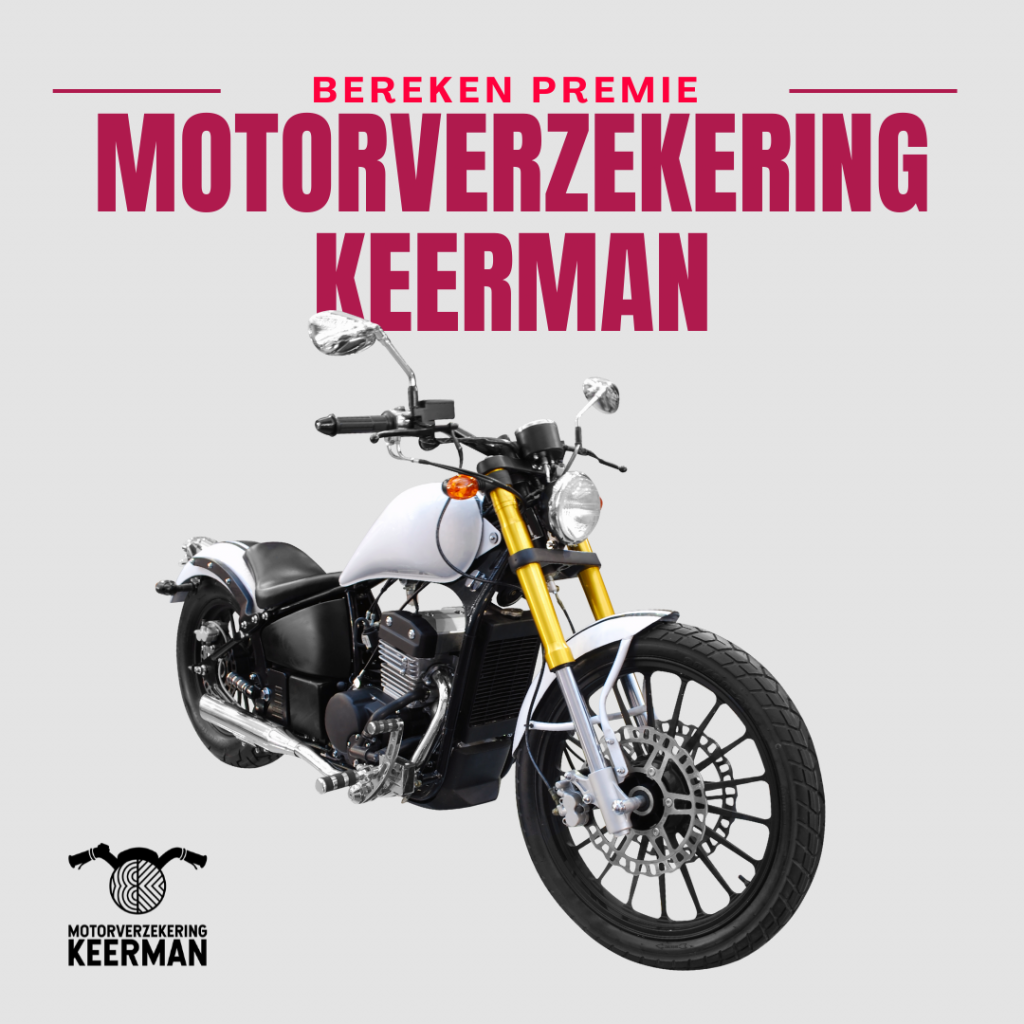Abrams vs. Leopard: A Comprehensive Tank Showdown
In the realm of modern armored warfare, the names “Abrams” and “Leopard” resonate with a sense of awe and respect. These two main battle tanks, the M1 Abrams of the United States and the Leopard 2 of Germany, represent the pinnacle of military engineering and technological advancement. The showdown between Abrams and Leopard is not just a comparison of two powerful machines; it’s a reflection of the strategic philosophies, technological innovations, and combat capabilities of two of the world’s most formidable military powers.
As we delve into the Abrams vs. Leopard debate, we embark on a journey through the evolution, design, and performance of these steel behemoths. From the scorching deserts of the Middle East to the cold expanse of European landscapes, these tanks have proved their mettle and have become integral components of their respective nations’ armed forces. Their comparison goes beyond mere specifications; it’s a narrative of power, precision, and adaptability in the face of evolving global warfare scenarios.
Lets dive into the ultimate comparison of military might in “Abrams vs. Leopard: Which Tank Reigns Supreme?” Uncover the strengths, weaknesses, and unique features of these armored giants.
Abrams: The American Powerhouse
The M1 Abrams, a mainstay of American armored warfare, boasts a remarkable legacy. From its inception, the Abrams has been synonymous with raw power and technological sophistication. Its development, influenced by decades of military experience, showcases the United States’ commitment to maintaining an edge in ground warfare.
Historical Evolution of the Abrams
Born in the Cold War era, the M1 Abrams was designed to counter the Soviet Union’s armored might. Over the years, it has evolved, adapting to new threats and incorporating cutting-edge technology. Its journey from the M1 to the latest M1A2 SEP versions is a testament to American innovation in armored vehicle design.
Abrams’ Armor: A Shield of Strength
At the heart of the Abrams’ design is its armor. The use of advanced materials like Chobham armor, combined with reactive and active protection systems, makes it one of the most well-protected tanks in the world. Its ability to withstand anti-tank threats has been proven in various combat situations, from the deserts of the Middle East to the rugged terrain of Afghanistan.
Firepower: The Abrams’ Punch
The Abrams’ main armament, a powerful 120mm smoothbore gun, delivers devastating firepower. This, combined with a sophisticated fire control system, ensures high accuracy and lethality. Its secondary armaments, including machine guns and a coaxial cannon, provide comprehensive battlefield capabilities.
Mobility: Power and Agility
Powered by a gas turbine engine, the Abrams is known for its exceptional speed and mobility. Despite its heavy armor, it can traverse challenging terrains and maintain a significant pace, giving it a tactical advantage in various combat scenarios.
Technological Edge
The Abrams is not just about brute force. Its integration of advanced technologies, such as thermal imaging, satellite communications, and networked battlefield management systems, makes it a formidable digital warrior in modern conflicts.
The Abrams in Combat
The real test of any military vehicle is its performance in combat. The Abrams has seen action in major conflicts, including the Gulf Wars and the War in Afghanistan. Its combat record speaks volumes about its effectiveness, durability, and the confidence it instills in its crews.
Logistics and Upkeep
An often-overlooked aspect of military hardware is its maintenance and logistical requirements. The Abrams, with its complex systems and heavy armor, demands a robust support network. However, the U.S. Army has developed efficient logistics to keep these machines operational in various conditions.
Abrams: A Global Presence
The M1 Abrams is not just an American icon; it has found
customers across the globe. Nations seeking a reliable and powerful main battle tank have turned to the Abrams, a symbol of military strength and technological prowess. This international adoption underlines its effectiveness and adaptability to different warfare environments.
Future Trajectory of the Abrams
Looking forward, the Abrams continues to evolve. Plans for upgrades, including improved armor, more efficient power systems, and enhanced digital capabilities, are underway. These developments ensure that the Abrams remains relevant and formidable in the ever-changing landscape of modern warfare.
Leopard: European Elegance and Efficiency
The Leopard tank, primarily developed by Germany, represents a different but equally impressive approach to armored warfare. Balancing firepower, protection, and mobility, the Leopard has carved out its place as a top contender on the global stage.
Development and Evolution of the Leopard
The Leopard’s journey began in the post-World War II era, with a focus on addressing the evolving requirements of modern battlefields. Each iteration, from the Leopard 1 to the advanced Leopard 2 variants, has seen enhancements in its design, showcasing the continuous innovation in European tank engineering.
Leopard’s Armor: Combining Protection with Flexibility
What sets the Leopard apart is its balanced approach to armor. While not as heavily armored as the Abrams, the Leopard’s protection systems are highly effective, incorporating modular armor that can be adapted to specific threats. This flexibility is a key factor in its design philosophy.
Armament: Precision and Power
The Leopard’s main weapon, a 120mm smoothbore gun similar to that of the Abrams, is renowned for its accuracy and striking power. The integration of advanced fire control systems and ammunition types ensures that the Leopard’s firepower is precise and effective.
Speed and Maneuverability
One of the Leopard’s standout features is its mobility. With a powerful engine and a design focused on agility, the Leopard can navigate diverse terrains with ease. This mobility gives it a significant advantage in maneuver warfare.
Technological Innovations
The Leopard tank is no slouch in the technology department either. It incorporates cutting-edge features like advanced optics, digital communication systems, and crew protection measures, keeping it competitive in the digital battlefield.
Leopard in Action
The Leopard’s combat performance is well-documented, with deployments in various international conflicts and peacekeeping missions. Its operational record reflects its reliability and effectiveness in combat situations.
Maintenance: User-Friendly Design
A crucial aspect of the Leopard’s design is its emphasis on ease of maintenance. Its components are designed for quick repair and replacement, a vital feature for armies that operate in remote or harsh environments.
International Footprint
Like the Abrams, the Leopard has been adopted by numerous countries worldwide. This widespread use is a testament to its versatility and the trust placed in its capabilities by various armed forces.
The Road Ahead for the Leopard
The future of the Leopard tank looks promising, with ongoing upgrades and new variants in development. Emphasizing improved protection, lethality, and digital integration, the Leopard is set to remain a key player in armored warfare.
Head-to-Head: Abrams vs. Leopard
When comparing the Abrams and Leopard, it’s a clash of titans. Each tank has its strengths and weaknesses, and their performance can vary depending on the specific scenario. A direct comparison reveals insights into their tactical applications, strategic value, and overall effectiveness.
Expert Perspectives
Military analysts and tank experts have long debated the merits of each tank. While opinions vary, there’s a consensus that both the Abrams and Leopard represent the pinnacle of modern tank design, each excelling in their respective areas of strength.
Final Showdown: Abrams vs. Leopard
In the ultimate showdown between the M1 Abrams and the Leopard 2, we delve deeper into their individual strengths and potential in combat scenarios. Both tanks exhibit remarkable capabilities, but their differences in design philosophy, armament, and logistics lead to a nuanced comparison.
M1 Abrams: Power and Protection
The Abrams stands out for its powerful multi-fuel turbine engine, generating around 1,500 horsepower and reaching speeds of 42 miles per hour. Its armor, incorporating depleted uranium and a composite of materials, offers substantial protection. The Abrams’ fire control system, with thermal imaging and laser rangefinders, enables accurate firing even while moving. This American behemoth, with its blend of speed, firepower, and advanced electronics, presents a formidable force on any battlefield.
Leopard 2: Efficiency and Adaptability
The Leopard 2, powered by a turbodiesel V12 engine, matches the Abrams in horsepower and top speed. Its modular armor can be customized for specific missions, providing versatility. The Leopard’s main gun, the Rheinmetall L44 120 mm smoothbore cannon, is known for its accuracy and wide ammunition range. The Leopard’s strength lies in its balance of firepower, protection, and especially its logistical efficiency, with the diesel engine being easier to supply and maintain in prolonged conflicts.
Verdict: Context is Key
Choosing a clear winner in this duel is challenging, as each tank excels in different aspects. The Abrams offers unrivaled protection and firepower, making it a juggernaut in direct combat. The Leopard, with its logistical ease and adaptability, shines in sustained operations and dynamic warfare. Ultimately, the choice between them would depend on the operational context, terrain, and logistical support available.
FAQs
- How does the armor of the Abrams compare to the Leopard?
The Abrams features composite armor with layers including depleted uranium, offering robust protection. The Leopard 2’s armor is modular, allowing customization based on mission requirements, typically incorporating composite and add-on armor
. - What are the main technological differences between the Abrams and Leopard tanks?
The Abrams is known for its advanced fire control system and multi-fuel turbine engine. The Leopard 2 excels in its efficient diesel engine and sophisticated C4I systems for battlefield communication. - Can the Leopard tank’s speed give it an advantage over the Abrams in certain combat scenarios?
Both tanks have comparable speeds (around 42 mph). The advantage lies more in their operational context and strategy employed rather than speed alone. - How do the maintenance needs of the Abrams and Leopard differ?
The Abrams, with its turbine engine, requires jet fuel, presenting logistical challenges. The Leopard’s diesel engine makes it easier to maintain and supply, especially in prolonged engagements or where U.S. military logistics are not present. - What makes the Abrams and Leopard popular choices for international military forces?
The Abrams is favored for its formidable armor and firepower. The Leopard is popular due to its adaptability, efficiency, and ease of maintenance, making it suitable for various operational environments. - Are there any plans for next-generation models of the Abrams and Leopard tanks?
Both tanks continue to receive upgrades.
The Abrams is undergoing developments for improved armor, more efficient power systems, and enhanced digital capabilities. Similarly, the Leopard is set to incorporate future upgrades that emphasize improved protection, lethality, and digital integration, ensuring that it remains competitive in modern warfare.
The Abrams and Leopard tanks are not just formidable machines of war but also symbols of their nations’ military and technological prowess. Their ongoing evolution and adaptation to modern warfare challenges underscore their enduring relevance in global defense strategies.
Conclusion: The Titans of the Tank World
In concluding, it’s clear that both the Abrams and the Leopard tanks stand as supreme examples of modern military engineering. Their respective strengths make them formidable in their own right, and choosing a clear winner depends largely on the context and requirements of their use. What is undeniable is the significant impact both have had on modern armored warfare, setting high standards for future developments in this field.




